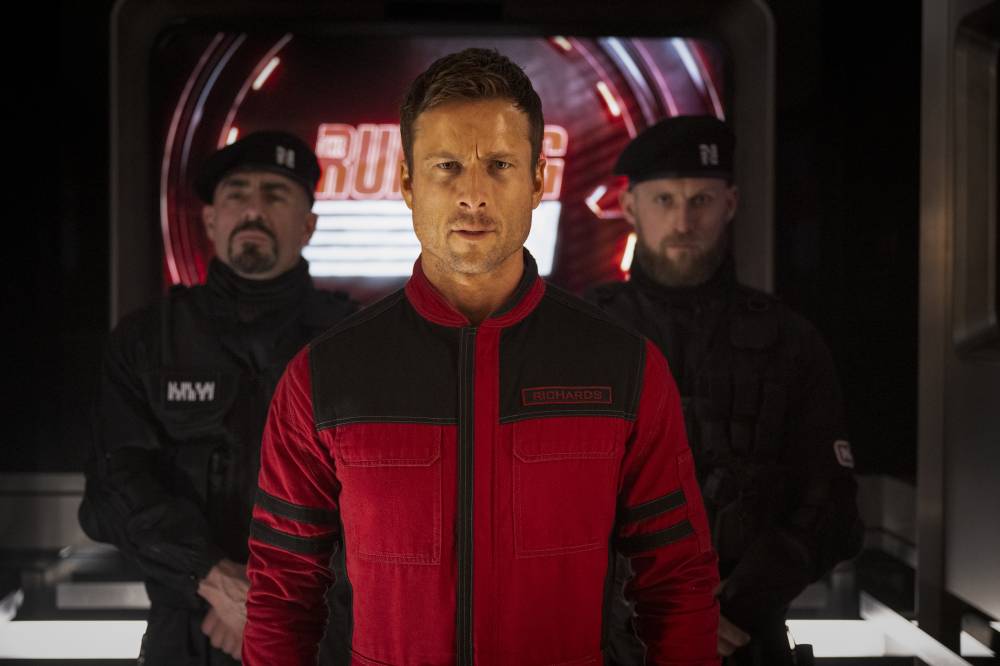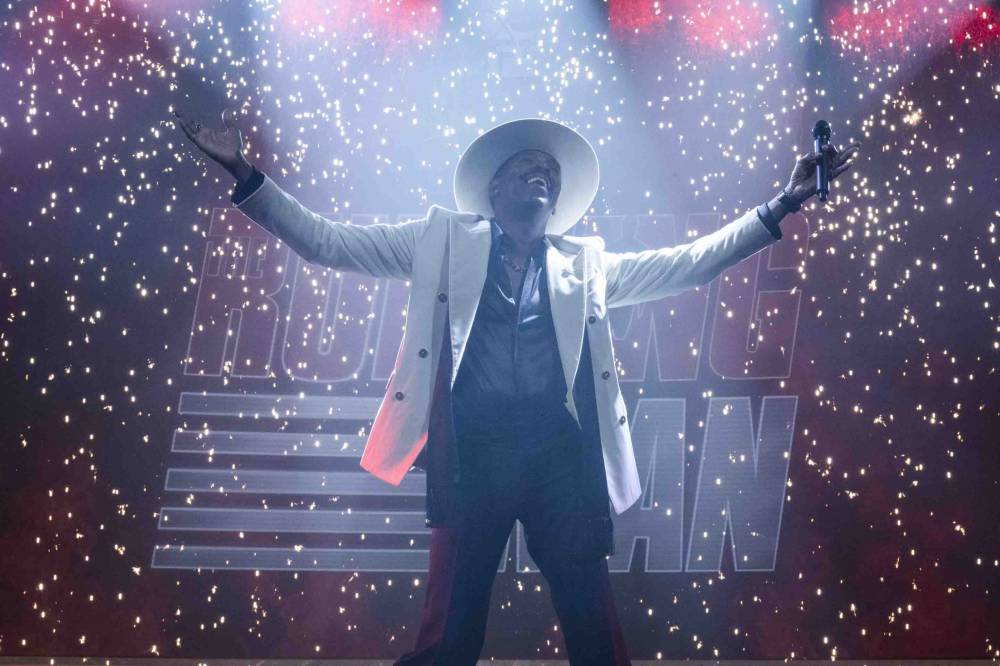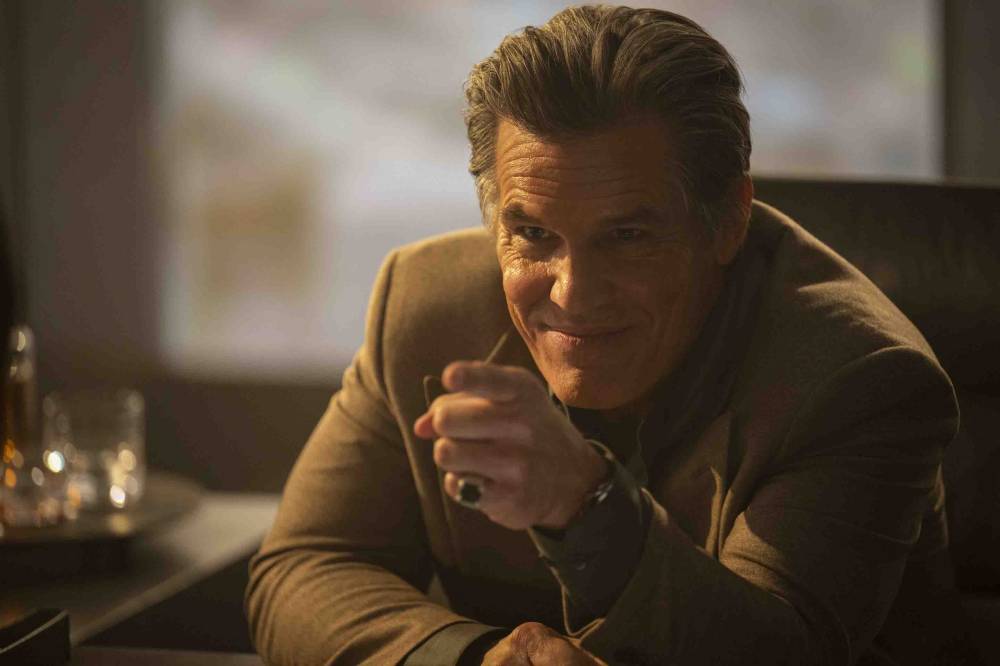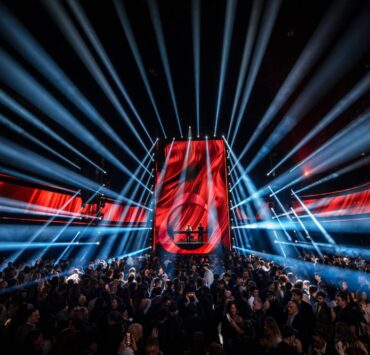Chasing ‘The Running Man’

After two hours and 13 minutes, Edgar Wright ensures you won’t leave the theater as the same person who walked in.
The director behind “Shaun of the Dead,” “Baby Driver,” and “Scott Pilgrim vs. the World” takes on a daring new challenge with “The Running Man,” a modern adaptation of Stephen King’s 1982 dystopian novel. Wright, known for his fast-paced filmmaking, turned this futuristic sci-fi action film into something that feels unexpectedly timely in what we’re living today.
Threat or treat
In Wright’s “The Running Man,” society’s divide is broadcast for everyone to see. The government’s most popular program is a live, blood-bathed competition where contestants, known as “runners,” are hunted by professional and amateur assassins to get their bounty. The relentless hunt generates enough adrenaline rush to the viewers to keep on watching the show, and that’s what TV producer Dan Killian (played by Josh Brolin) is very much concerned about.
The story chases Ben Richards (played by Glen Powell), a father with a sick daughter and a man with a history of insubordination. Struggling to survive, he found himself in desperate times, requiring him to take desperate measures.

Richards reluctantly agrees to join The Running Man, believing that it’s his only way to give his family a better life. But as soon as the cameras rolled, he realized that his story had been rewritten to be a “marketable villain” to get that “showbiz” effect.
This only made Richards furious enough to threaten Killian before the game had even begun. For Richards, it is a threat, but Killian took it as a treat, and that’s where the game starts.
A dystopia that hits close to home
What makes the story resonate is how easily its premise could exist now. The 1987 version already has this dystopian vision, but it only stays as a vision and creative direction for most people. But now this futuristic film seems to be the present situation for most of us, as it includes power-tripping, corruption, deepfakes, and media framing.
Visually, “The Running Man” still bears Wright’s signature in the film. With rapid-fire transitions, fast-paced camera movements, and a striking soundtrack, the film still has that wow factor. However, compared to his earlier films, this one feels noticeably restrained. Instead of turning every sequence into a moving scene, he uses precision to follow the story and characters.
This careful balance gives actors room for emotions. Glen Powell delivers one of his strongest performances to date, making him the perfect fit to embody Ben Richards. Josh Brolin, on the other hand, is both terrifying and magnetic as Killian, embodying his corporate villain vibes.

But other supporting casts suffer from uneven development, like the supporting players that Ben meets on his journey, who disappear abruptly from the show to focus more on Ben’s arc. Another one is Michael Cera’s character, who brings out tons of personality and comedic relief, but then gets cut out of the scene shortly after.
Wake-up call
Nevertheless, the film is undeniably compelling. It showcases Edgar Wright’s talent for blending futuristic sci-fi with sharp social commentary on the present. Beyond the action, the film reflects on our world’s obsession with media, power, and survival.
“The Running Man” may not be Wright’s flashiest film, but it’s one of his most serious. It trades some of his usual creative direction for moral clarity and emotional weight, resulting in a film that feels thrilling and reflective.
So for fans of action, sci-fi, or just good storytelling, “The Running Man” is more than a remake. It is a wake-up call disguised as a cinematic experience.

















